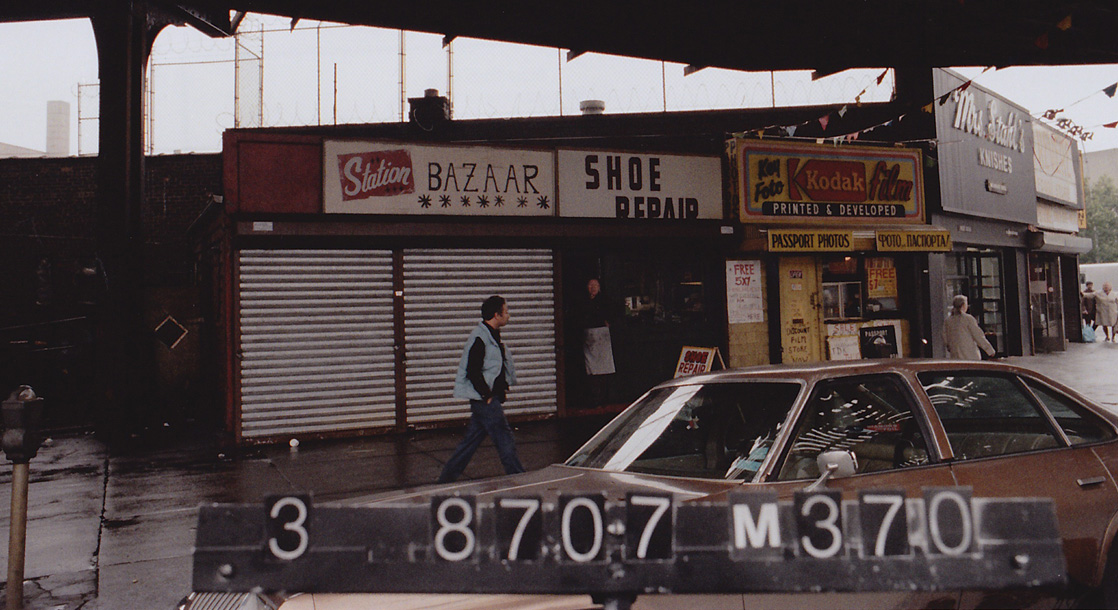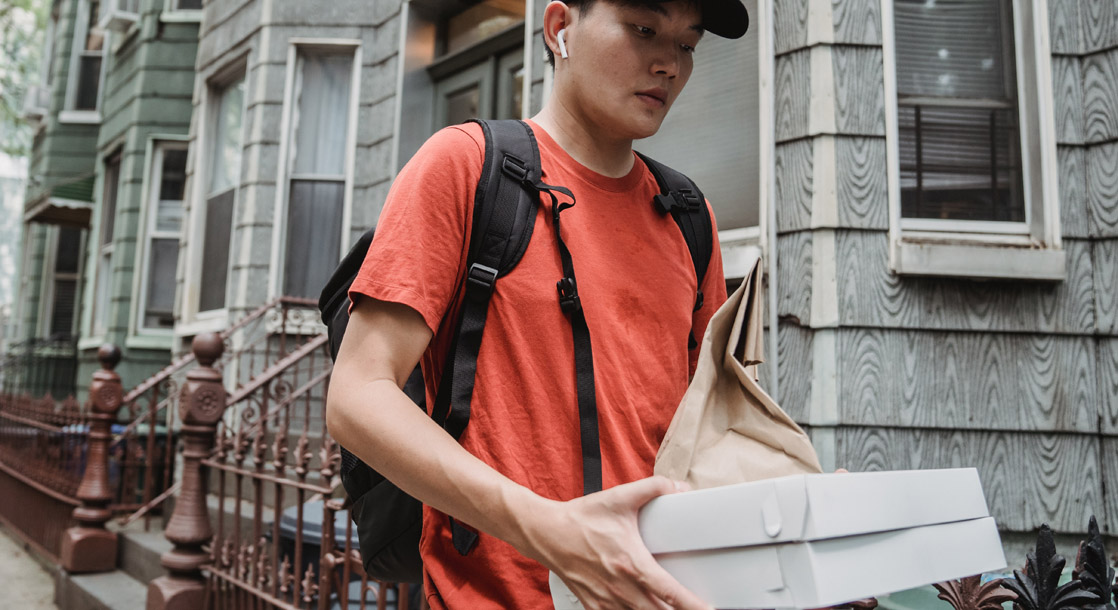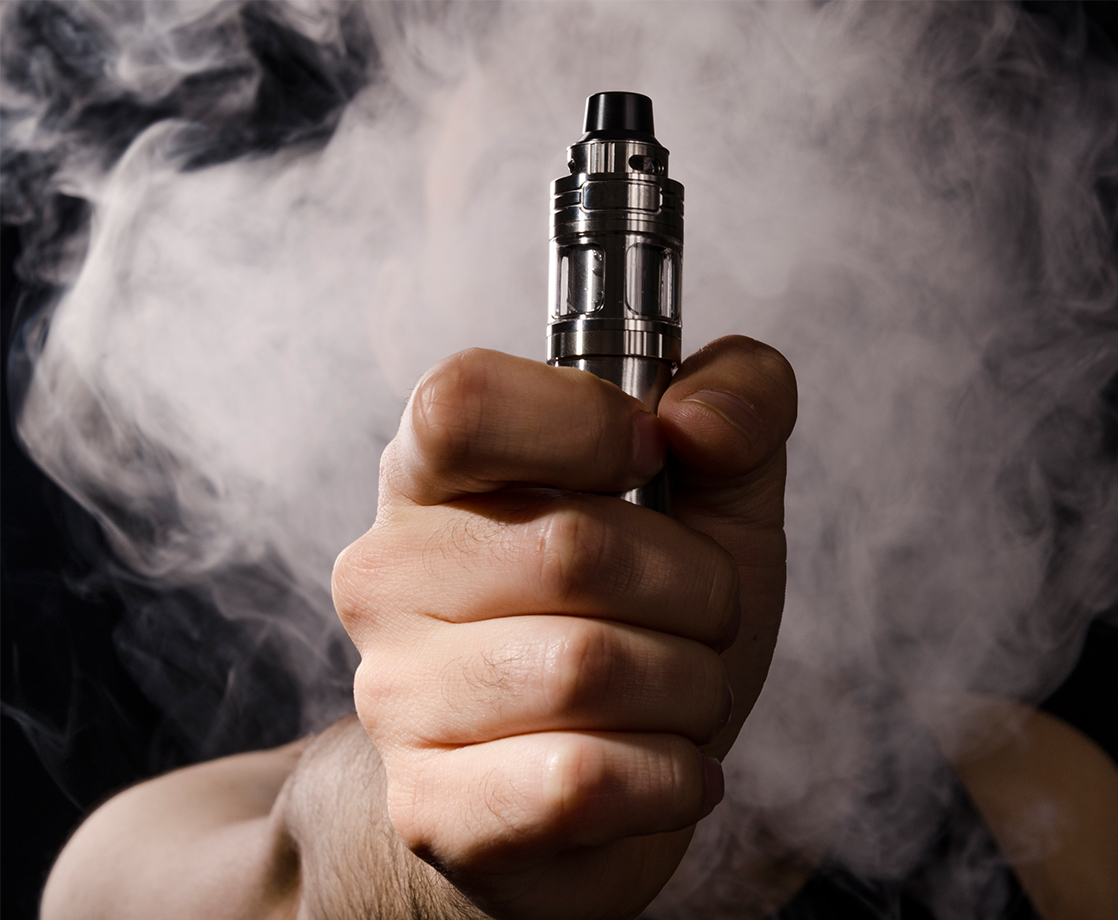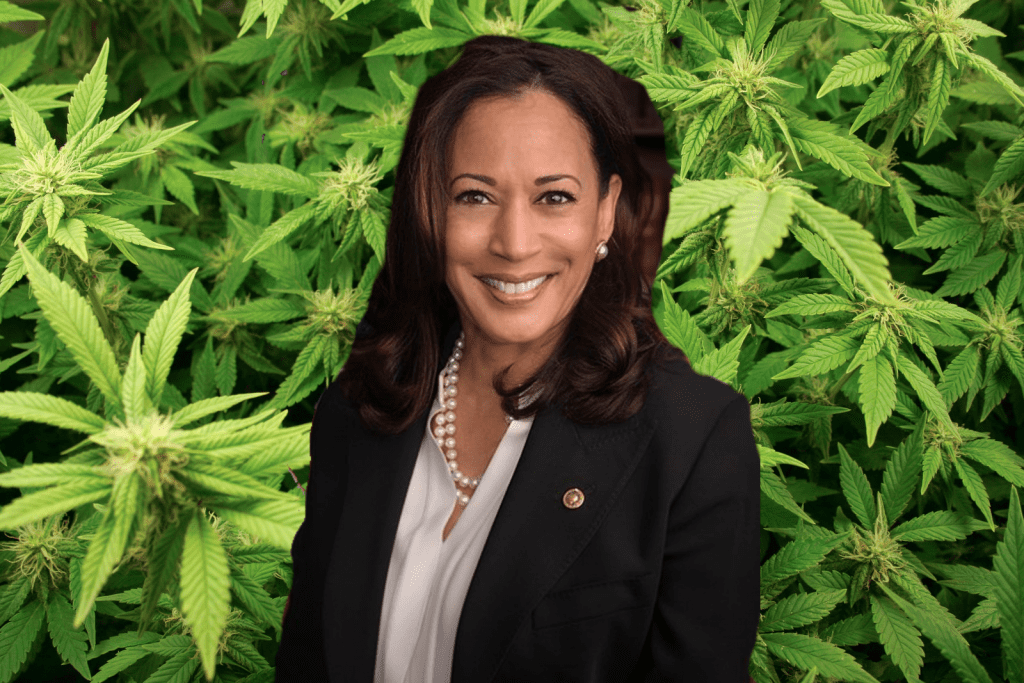If you happen to reside in New York City, the great metropolis with not-so-great cannabis laws, there’s a pretty decent chance you’ve gotten your green through one of the many delivery services that provide black market marijuana amidst the 8.4 million people living in the sprawling city. Although marijuana has remained illegal for the relatively progressive population of New York City, these delivery services have become one of the most legitimate sources for cannabis flower, all of which are usually labeled with information on the strain and its effects, as well as hash, oil, and oftentimes even edibles too.
From my personal experience with cannabis delivery in New York City (I’ll admit, I’ve had quite a bit), these low-key services usually include subtly humorous branding, business cards, special deals for big spenders, and a surprisingly pleasant customer service experience too. Some of the top-notch delivery guys even provide their customers with a kind and professional experience, essentially offering a miniaturized marijuana dispensary formatted in a compact lockbox. It may seem like some sort of revolutionary business, one that may have recently come to prominence thanks to the widespread reform taking place on the West Coast and in Colorado. But, the truth is, the New York City weed delivery scene had established itself as a viable black market business model back in the 1980s.
To get a true grasp on the roots of the NYC weed delivery, I linked up with one of the OG pioneers and founders of this lucrative and illegal service, who, for obvious reasons, will be known in this article by his street name G-Burns. After meeting up with now-retired weed kingpin and burning one down, we discussed the long-standing history of weed delivery in NYC, how his business rose to prominence in the city’s hip-hop scene, and why, at the end of the day, the lucrative business isn’t always worth the potentially dangerous repercussions.
According to G-Burns, the true pioneer of the weed delivery scene was a man named The Pope, who was a renowned neighborhood figure who once headed a famous pot march in Washington DC back in the 1980s. Before the delivery scene took off, pot smokers would have to flock to spots that dealers designated for themselves, generally in Washington Square Park or way up in Washington Heights. But, as chronic began to become more favorable and accessible, the lesser quality stuff that was being sold down in Manhattan became a thing of the past. After finding legitimate sources for chronic in places like Miami and Los Angeles, G-Burns and a handful of other entrepreneurs became a prominent force in the NYC marijuana business.
Things were quite a bit different back then. Although most delivery services used a simple setup featuring dispatch and riders, this was a time where beepers were used instead of burner phones. Creating a successful delivery business was relatively simple, but awareness for the illegality of the service was critical. G-Burns had a business operating 12 different beepers (which would be replaced constantly), his dispatch workers would be required to move every six months to avoid any potential persecution, and at his peak, the delivery pioneer and his two partners were pulling in about 5K each. It was around this time that the extremely successful dealer became integrated in the historical NYC hip-hop scene, as he garnered relationships with some of the biggest names in the city by hooking them up with samples and discounts.
“I remember introducing Mobb Deep and UGod to shrooms, but my best memory was seeing The Late Great Notorious [Notorious B.I.G] in the Palladium and saying I only had a $50 and a buck fifty. He ended up spending $370 with discounts,” G-Burns told me. “I had a god complex knowing I had the best bud on the planet so sharing it with the guys on my mixed tapes or cd's by then was an honor. I also remember getting Dave Chapelle a card in Don Hills. Him and RuPaul were regulars back then.”
As far as marketing goes, the business scheme didn’t seem to stray too far from traditional methods. In order to get his customers to spend more money, G-Burns would package gigantic nugs for $300, knowing that most customers wouldn’t spend that much money, but would end up settling for the next best thing, the $150. Before this, city dwellers would generally pick up dimes, dubs, and eighths, instead of spending the big bucks. According to the former dealer, he and his partners were the first to use the plastic rectangle boxes for packaging, and were also one of the first to truly market their weed delivery business in a legitimate way.
He also advertised with a variety of business cards, which featured different numbers for downtown, midtown, and uptown customers. Each of the delivery services and their corresponding business cards had a humorous and professional feel to them, featuring names like CriTical (named for NYC hip-hop artist Method Man), Phil N. Heimann (meant to be said in a Jamaican accent), and Daily Candy. Although G-Burns and a number of other pioneers made a lot of money and smoked a ton of weed in the midst of their success, he eventually bowed out of the business to focus on staying out of trouble and promoting the culture itself. After close calls with both cops and criminals, the delivery kingpin managed to make it out unscathed, a fortunate fate compared to many of his other friends who got caught up in the game.
So, how does the NYC delivery scene differ from the way it was back in the late '80s through the '90s? Well, according to G-Burns, it’s become a much more saturated market. “Now it's boutique. Anyone can do it. It used to be your manager, dispatcher or best runner that would steal your custy's [customers] and start their own serve,” he told me. “Now your best customer will start their own serve. It's not what it was at all. We used to sell BMF $1500 in one delivery, now guys can get a 1/2 pound for that much. There was a lot of competition back then as far as quality and promptness. We were on top with those and we became legendary for certain strains like the Afghani Indica or the Black Haze from Miami.”
It seems that, as marijuana has become more widely accepted out West, and throughout the United States in general, the once specialized market demand for high-grade marijuana now comes at a dime a dozen. But, those who were considered the pioneers back in the '80s and '90s found a lot of success, and even celebrity status, thanks to their premium buds and service. As G-Burns told me towards our meet up, “A lot of people got high, a lot of people made money”. Sounds like a good life to me…











